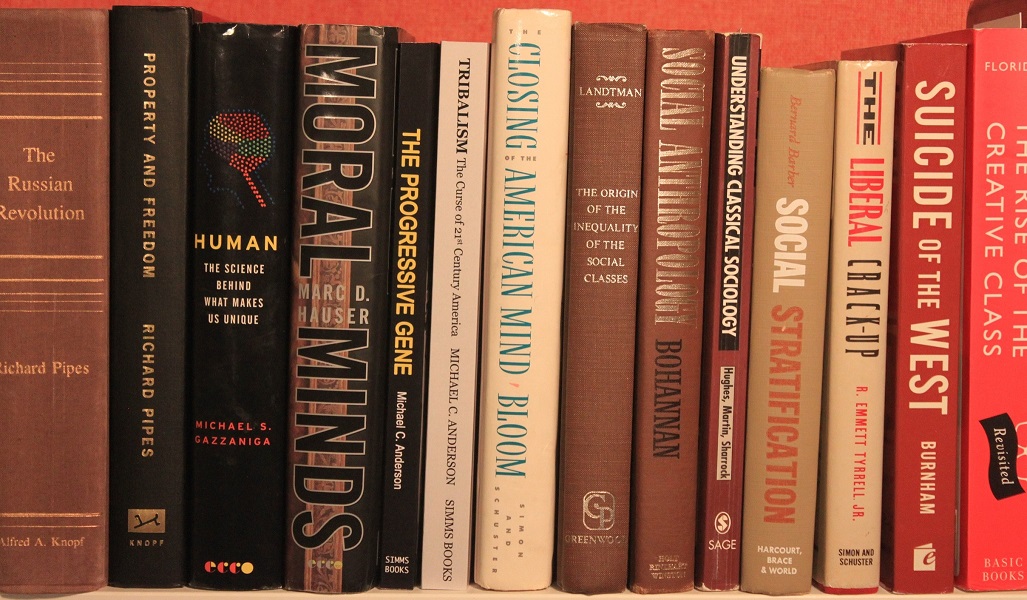The face mask has now become the “shiny
object” of the Coronavirus pandemic – both a symbol and political statement.
Many on the Left believe all of
us should wear masks all the time. This may be due to the fact that twice as
many people on the Left are worried about getting the disease as those on the
Right. I can’t explain that one. The Right thinks masks are appropriate, but
fewer support them in polls, compared to the Left. Of course, there are many on
the Right who wear masks all the time.
Before deconstructing mask usage,
let’s go back and review how this issue evolved over the past few months.
Initially, the CDC stated,
correctly, that wearing a mask does not protect you from catching the disease.
Masks do not seal well and most don’t filter enough airborne material to offer adequate
protection. Some politicians were concerned about the impact of a mask requirement
on those who couldn’t tolerate wearing one, so there were mixed policies put
into place Government leaders have to think about the psychological impact of
having one’s breathing restricted and feeling closed in. Universal wearing of
masks was not a part of the CDC recommendations.
Sometime later, mask use was refocused.
Rather than worrying about protecting the person wearing the mask, it became
more important to protect people coming in contact with that person. This logic
was based on the fact that some people with symptoms could infect others, so mask
use should be mandatory. Other people could be asymptomatic and infect others without
knowing it, if they didn’t wear a mask. Makes sense.
Quickly, the mask debate got more
heated and is now completely political. The Left criticizes those photographed
without masks. Perhaps the assumption is these maskless villains are
Republicans. But notice the CNN reporters at the White House who only wear masks when the camera is on. Or the CNN reporter commenting on lack of masks
on the beaches Memorial Day. He had a mask. His cameraman didn’t. Trump is
photographed golfing without a mask. How terrible of him, even though he’s
outside and away from other people. Golf courses are open around the country
and none require golfers to wear masks.
The public is riled up too. A
grocery shopper in New Jersey was verbally attacked and driven out of a store
recently because she wasn't wearing a mask. Whether you're social distancing or not, you better not leave that mask home. In this case, the customer was actually violating the
governor’s order to have her face covered.
There are fifteen states that
require masks while shopping, most of them in the Northeast. New York is a hair
more lenient saying “wear a mask if social distancing is not possible.”
Let’s take the mask debate to its
logical conclusion. If a person has COVID and knows it, or has symptoms, they
should stay home. If they have to go out, they should wear a mask to protect
others. Asymptomatic carriers are different story. Since we can’t know who is asymptomatic
unless we test everyone for COVID or antibodies, how do we identify these
people?
We might never reach a point
where everyone is tested, which means all of us will have to keep wearing masks forever or stay
home. Huh?
We should be using practical,
rather than Draconian, rules. If you have COVID or have symptoms, you should
wear a mask. Masks for the rest of us should be optional, unless social
distancing is not possible.
The management of the pandemic
depends on the commitment of the America people, so reality has to be applied
to balance risk and behavior. Seventy three percent of COVID deaths in New York
City involved people over the age of 65. Of the total deaths across all age
groups in that same study, only .7% had no underlying conditions. If you’re
older or have underlying conditions be careful and limit interactions with the
public. Always wear a mask. Younger people with no underlying conditions have
little to worry about.
Everyone should use social distancing
as the primary method of keeping themselves safe. Masks are a backup.
It’s also important to follow the
data. As summer heats up, the country becomes more open, and the graphs trend
further downward, feel more confident about having your face uncovered.


